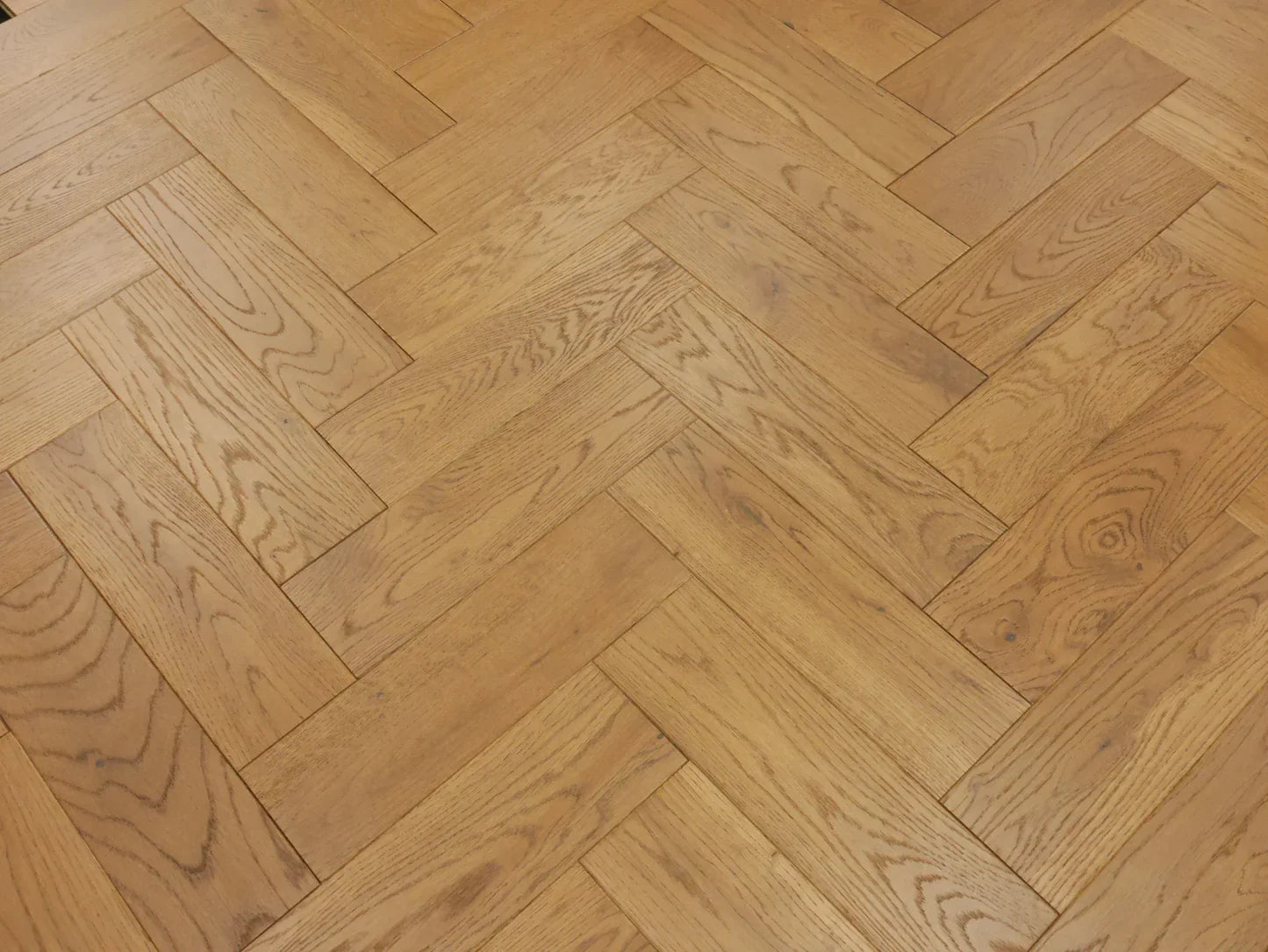
Author, Written by: Bledy (Installation Expert and Technical Writer)
When it comes to timeless flooring options, solid wood is often at the top of every homeowner’s list. But with modern advancements in manufacturing, engineered wood flooring has become a strong alternative to traditional solid wood floors, especially in UK homes where climate, budget, and subfloor conditions vary widely.
So which is better for your property, engineered wood or solid wood? This guide breaks down the key differences, pros and cons, and which option suits different types of homes in the UK.
What Is Solid Wood Flooring?
Solid wood flooring is made from a single piece of hardwood, usually oak, maple, walnut, or ash. It can be sanded and refinished multiple times and offers a rich, natural appearance that develops character over time.
Pros:
-
Authentic natural grain and warmth
-
Can be refinished several times
-
Increases property value in period homes
Cons:
-
Susceptible to moisture and temperature changes
-
Not ideal for basements or areas with underfloor heating
-
Usually more expensive and requires professional installation
Solid wood is often best suited for upper-level rooms, bedrooms, and living spaces in stable, dry environments.
What Is Engineered Wood Flooring?
Engineered wood consists of a top layer of real hardwood bonded to multiple layers of plywood or high-density fibreboard. It looks and feels like solid wood but has better structural stability.
Pros:
-
More resistant to moisture and humidity
-
Compatible with underfloor heating systems
-
Easier to install with click or glue-down systems
-
Typically more affordable than solid wood
Cons:
-
Limited number of times it can be sanded (depends on top layer thickness)
-
May not have the same resale appeal in high-end period homes
-
Some low-end options may look less authentic
Engineered wood is ideal for ground floors, kitchens, or flats where temperature fluctuations and moisture may be more of a concern.
Key Differences at a Glance
Which Is Better for UK Homes?
For period properties or high-end renovations, solid wood may still be preferred for its traditional value and the ability to restore and refinish the surface multiple times. If you live in a Georgian or Victorian home and want a floor that matches original features, solid oak or walnut can add authenticity and long-term value.
For modern homes, flats, and new builds, engineered wood offers greater flexibility. Its stability makes it a better fit for homes with central heating, underfloor heating, and changing humidity levels. It’s also easier and quicker to install, making it suitable for renovation projects on a tighter timeline.
Sustainability and Maintenance
Engineered wood typically uses less hardwood than solid planks, making it a more environmentally efficient choice. Both options can last decades with proper care, but engineered wood may require slightly less ongoing maintenance due to its stability.
For daily care:
-
Sweep regularly with a soft brush or vacuum
-
Use pH-neutral cleaners
-
Avoid soaking the floor during mopping
-
Add protective felt pads to furniture
Choosing the Right One for Your Home
If you want the real thing and are willing to invest in a premium finish, solid wood flooring still has unmatched charm. But if you need something practical, adaptable, and still visually stunning, engineered wood flooring is often the better fit for UK homes.
Before making a final decision, consider your room type, subfloor, heating system, and budget. You can also order samples to compare finishes and textures in natural light.
Need help deciding? Explore our full range of engineered and solid wood flooring or speak with our experts for guidance based on your property type and lifestyle.
About Author:
Bledy is a flooring installation expert with over 15 years of experience. He writes easy-to-follow guides and tips to help homeowners and professionals with flooring projects.
